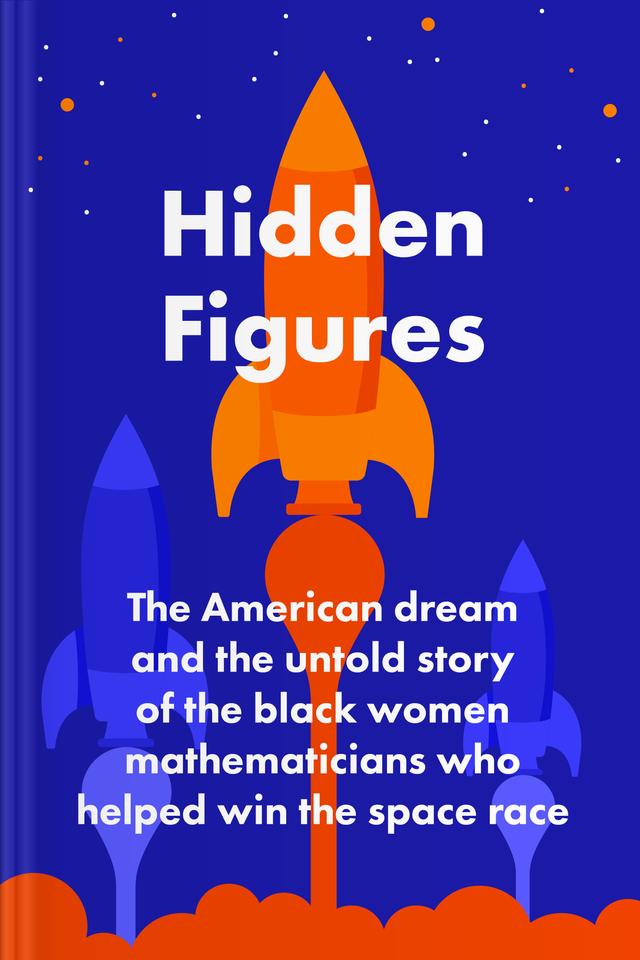You’ll learn
- About the role of women in NASA's history
- How to overcome racial and gender barriers
- The impact of teamwork on success
- Ways to evolve persistence in the face of adversity
russia has launched a full-scale war in Ukraine. Donate to support Ukraine and protect the world’s peace.

first KEY POINT
Miss Dorothy Johnson had just graduated from Wilberforce University with a BSc in Mathematics in 1929. Soon afterward, she met a brilliant young man with whom she tied the knot. By the end of 1932, Johnson married her heartthrob Howard Vaughan at age 22. Mrs. Dorothy Vaughan then pursued a teaching career at a local high school, though she had a lifeline to go to graduate school. However, racial discrimination still ate deep into society’s heart, with the Jim Crow laws at full throttle.The real story begins during the Second World War in 1943. The National Advisory Committee for Aeronautics took a shift from commercial flights’ design and optimization to improving the military fleet. The Federal Government was sending fresh streams of funds to fuel research for the uplift of existing fighter jets and the design of new efficient ones.All the entities involved in the war were actively turning out sophisticated weaponry to outrank the enemy. America took a step to harvest its wealth of intellectual talents by recruiting engineers, data analysts, and mathematicians to their numbers. President Franklin D. Roosevelt saw great potential in the Black intellectuals of America and passed Executive Orders 8802 and 9346 in 1941. Though it didn't apply to all American citizens of color, it was the nudge that prompted the mitigation of racial discrimination in Defence and Federal parastatals. The journey was, however, far from over for Black females.Engineers stood at the very core of airplane designs and needed the support work of human computers and analysts to keep up with the volume of data rolling out daily. The missing gap of human computers was the window of opportunity that brought several women into NACA. Dorothy Vaughan came in with NACA's first tranche of human computer recruits in 1943.
West Wing mathematicians’ contributions did not start with NASA, the Soviet Sputnik space challenge, or Mars landings. They've always been an integral part of America's innovative greatness. Consequently, Black female computers are the unsung heroes of NASA space technology, computer science, and Aeronautics.This summary provides a tale of human greatness, irrespective of skin color or originating clime. It is likely you have far more than is necessary to forge a historical course. Follow this piece to the end to identify the opportunistic potentials you could use as fodder in the formulation of greatness.
second KEY POINT
As soon as the U.S. got a whiff of the invasion of Poland, and with America’s stakes in Europe, President Roosevelt requested a step up in airplane production, a significant development to the nation’s defense fleet — “Victory through airpower!” The target set by the president was 50,000 airplanes per year. Before the beginning of World War II, American airplane production maxed at 90 planes per month.Before rolling out a new airplane design or improving existing ones, the manufacturer sent a prototype to Langley for structural analysis. The Langley Memorial Aeronautical Laboratory is a civilian research facility housed on the U.S. Army Air Corps’ coastal base in Virginia. Before the war, a 500-strong personnel base manned the Langley facility. When the production was scaling five-fold, the facility’s personnel management staff went into a state of emergency. Newspaper adverts, flyers, and other notice forms went out to towns around Newport News.Before her opportunity of working as a computer at Langley Research Institute, Dorothy had a window to pursue a master’s degree. The 1938 High Court ruling in “Missouri ex rel. Gaines v. Canada” favored Black academics. This judgment forced the administration of graduate school programs to integrate multi-racial learning environments. However, the discriminatory realities faced by people of color on university campuses and Dorothy's loyalty to her growing family made her toss out the opportunity.

Continue reading with Headway app
Continue readingfirst KEY POINT
second KEY POINT
third KEY POINT
fourth KEY POINT
fifth KEY POINT
sixth KEY POINT